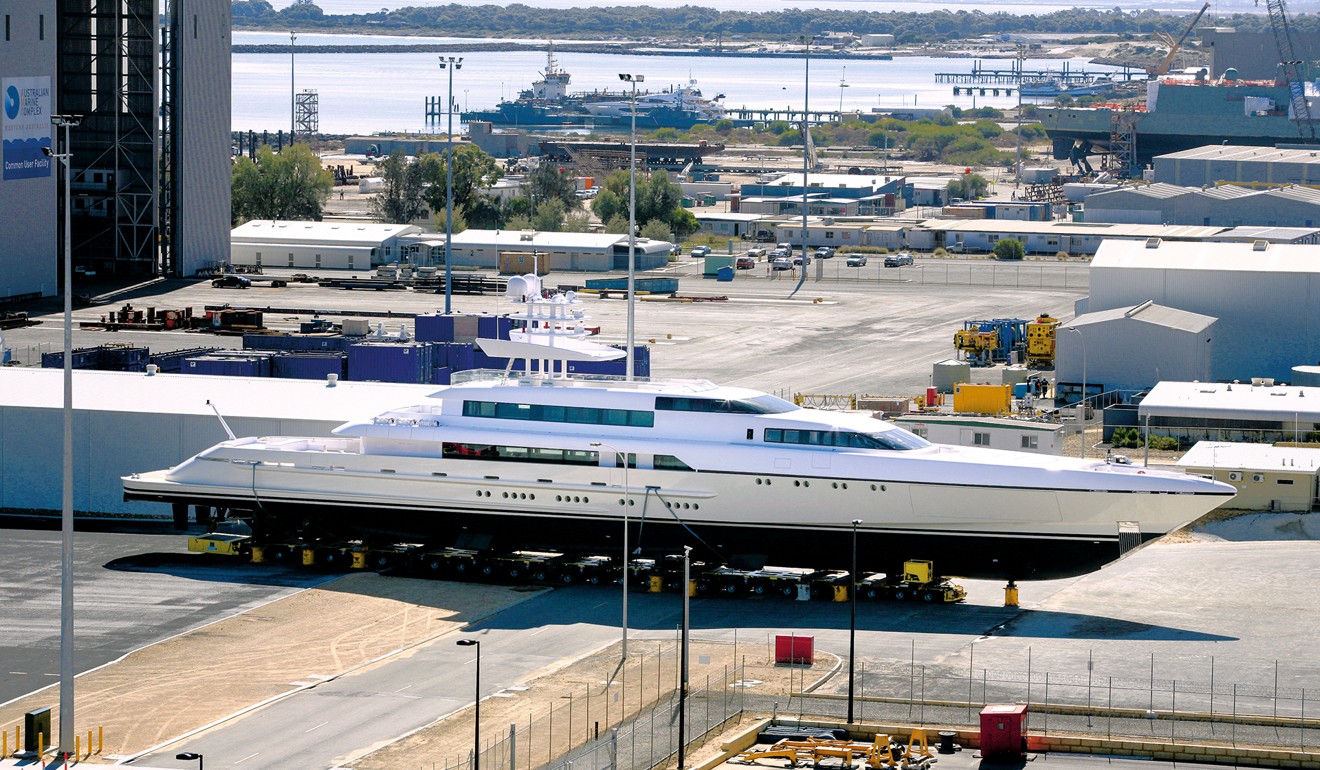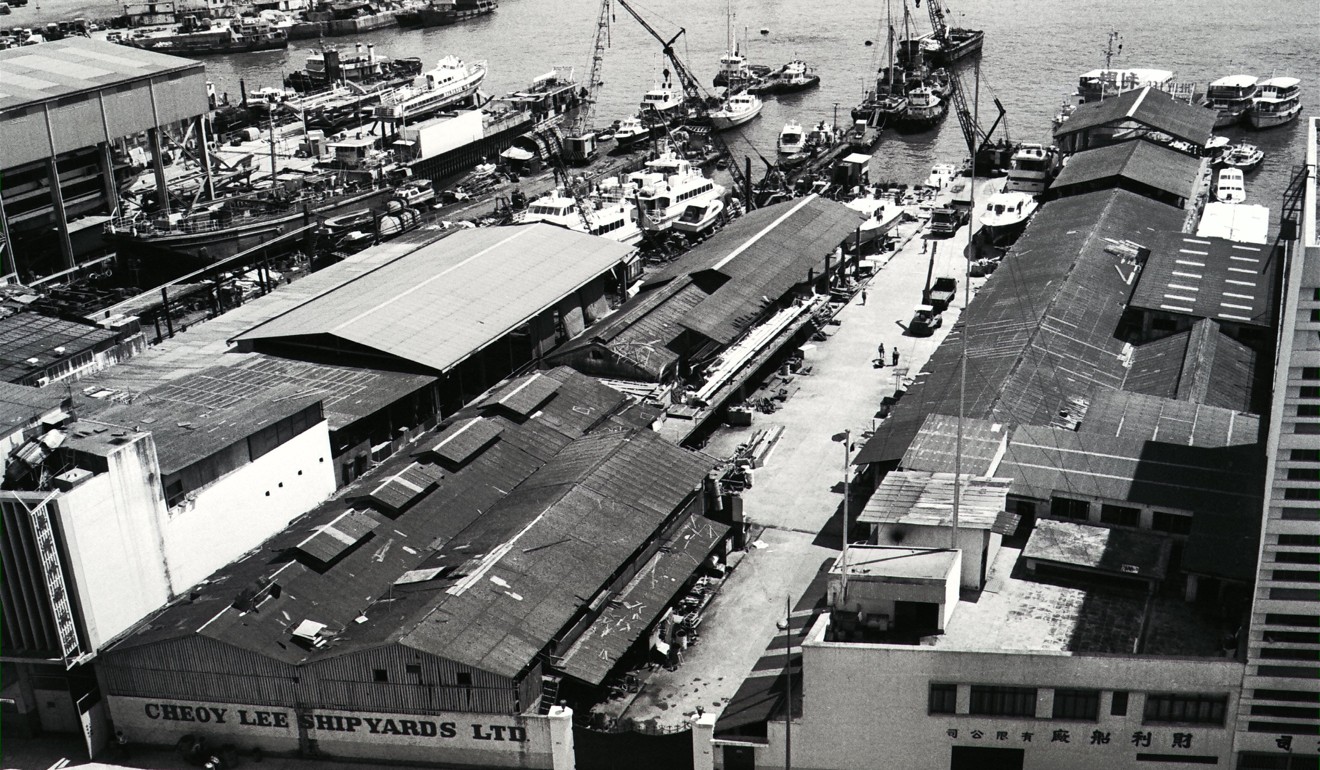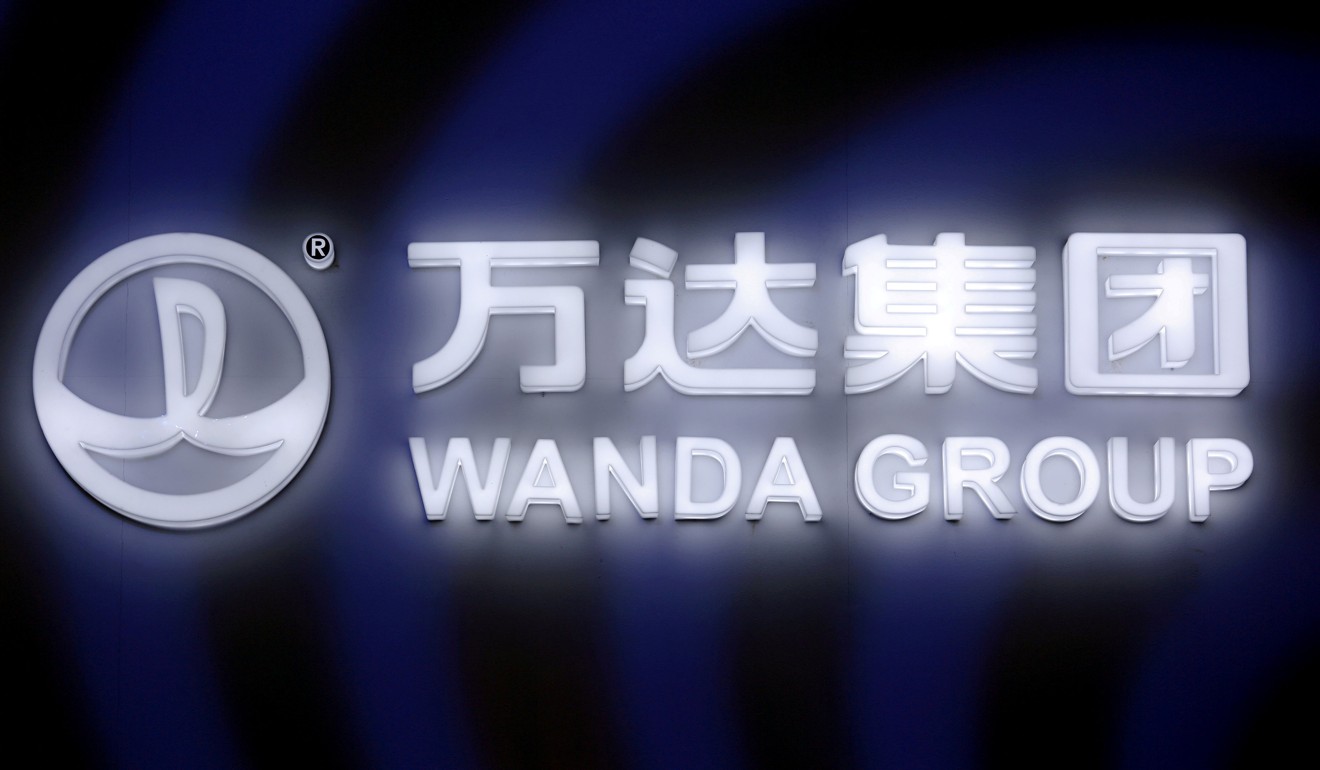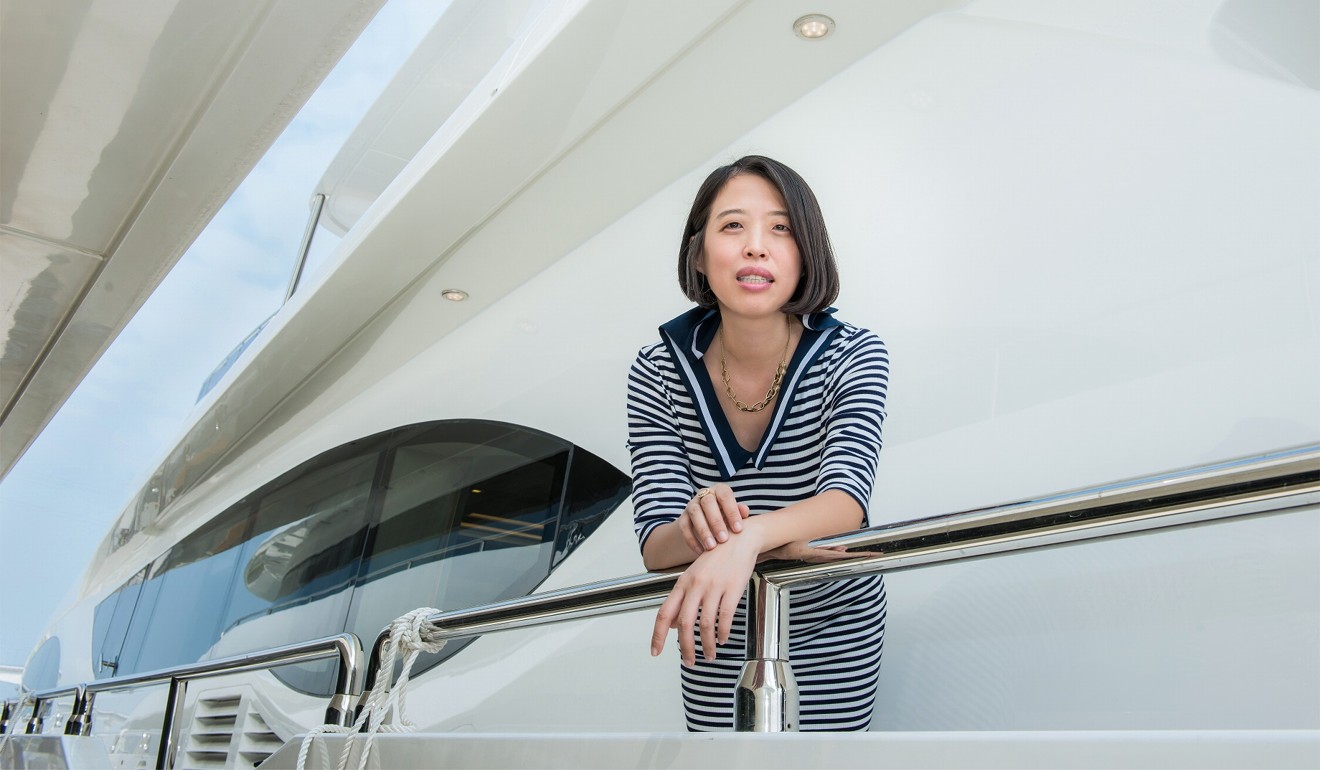
China’s yacht makers are making a comeback selling superyachts at home, and exporting a few abroad
Mainland Chinese manufacturers say the yacht market is recovering from a three-year slump brought about by Beijing’s anti-corruption campaign

Following the 2008 financial crisis, China rapidly emerged as the great prospect for the world’s leading motor yacht brands. They rushed into the market and exhibitions were quickly organised.
In 2012 and 2013, Chinese companies acquired controlling interests in Sunseeker and Ferretti – two of the most famous global yacht brands. China, it seemed, was on track to join the elite world of yachting.
“It was zero to whatever number you could think of, and we all thought it would continue,” says Yuan Fang, CEO of Heysea Yacht Group from their yard in the southern city of Jiangmen, Guangdong province.
But the sunny optimism came crashing down after 2013. President Xi Jinping’s anti-corruption campaign announced in late 2012 meant extravagant symbols of wealth like luxury yachts were regarded as unwelcome beacons that might attract the interest of the authorities.
“The China market is pretty much dead after more than three years of anti-graft policy,” says Gordon Hui of Sunseeker Asia, which has struggled in China despite Chinese ownership. China’s 43.65 per cent import tax on yachts was another factor. And while Hui is bullish about emerging markets in Southeast Asia, he doesn’t expect any radical changes on China’s horizon.

“About 15 years ago, yacht companies started flocking to China, but we didn’t see it happening in the same way – the infrastructure just isn’t there,” says Jonathan Cannon of Cheoy Lee Shipyards, established in Shanghai in 1870 and headquartered in Hong Kong since 1936.
While Cheoy Lee, whose production has shifted to Guangdong, and is now predominantly a commercial builder, the yard was once China’s pre-eminent yacht builder. In the late 1960s, 90 per cent of their production was classic teak sailing yachts and motor yachts.
The China market is pretty much dead after more than three years of anti-graft policy
What few yacht models that Cheoy Lee makes now, such as the well-regarded Alpha 76, are marketed out of Florida.
But while Cheoy Lee rode out the storms by focusing on its commercial business, Heysea Yachts, founded in 2007, did not have that luxury. The company wanted to take advantage of lower labour costs in China in order to reach European and North American yacht markets, but the 2008 financial crisis struck just as their first boat was entering production, freezing established yacht markets.

Yet, after an uncertain start, the company had a breakthrough in 2010.
“We received eight orders for the Heysea 82 model, before we had finished the mould,” says Fang. At that time, they also enjoyed a significant price advantage – their boats cost about one-third the price of their European competitors, due to lower labour costs, taxes and favourable exchange rates.
Last November, Heysea celebrated their first decade in business. Their order book is now full for 2018 and half full for 2019. In 2017, they were listed for the first time in the top 20 of the world’s superyacht builders, published by Boat International. They are the only Chinese yard on the list, although Sunseeker (at number eight), Ferretti Group (at number two) are both majority owned by Dalian Wanda Group and Weichai Group respectively, and SanLorenzo (number three) is part of a Chinese joint venture, none of them build their yachts in China.

“In China now, if you want to get the business, you only build big yachts,” Fang says, explaining there are still no public marinas, which means berthing fees are so high, there’s no point in buying a smaller yacht.
Heysea has adapted to Chinese tastes. They put the galley down below, as Chinese owners don’t want the odour of cooking while entertaining guests, and Chinese billionaires don’t prepare their own food. European yards normally put the galley near the living area. Europeans love carpets, but these are not suited to the humid climate of the southern China coast, and unlike Europeans and Americans, Chinese owners rarely sleep on board, which means sleeping areas are turned into entertainment rooms.
And Heysea is trying to export again. They have taken orders from the US and Australia, but building in China while meeting quality expectations of wealthy American and European owners used to their own brands has challenges.
Still, Chinese builds are getting global attention. Award-winning, UK-based yacht designer Evan K. Marshall designed the bold 42.7-metre King Baby for Zhuhai builder IAG Yachts. At 497 tonnes, King Baby was the largest fibreglass motor yacht ever produced in China.

In China now, if you want to get the business, you only build big yachts
Granted, Chinese conglomerates’ appetite to own international superyacht builders may be stoked once more. In October 2017, the world’s second largest producer of industrial aluminium extrusion products, China Zhongwang, acquired a controlling interest in Silver Yachts, which builds high-speed, fuel-efficient superyachts from high grade aluminium.
The matchmaker of the deal, Silver Yacht’s commercial director Jona Kan, says the new shareholders are jointly financing the construction of an 85-metre, 800-tonne aluminium superyacht called Silver Loft. He also reveals that Silver Yachts will soon announce the acquisition of a shipyard in the Pearl River Delta.

We really think the market is about to explode
Like Fang, Kan sees the potential in big superyachts for Chinese buyers. “What we see is that demand for the very big 60-metre plus yachts is growing,” he says, pointing to the growing population of Chinese billionaires.
Kan is not deterred by the political and social mood. “Our typical clients already have private villas, private jets and listed companies – they are already highly visible and they have no need to be low profile,” he says. He also points out that an 85-metre yacht like Silver Loft can sail anywhere in the world and therefore doesn’t need to be berthed in China.
Kan admits the China market still needs some cultivation, and that if luxury superyachts are to be produced in China, old stereotypes about quality need to be addressed. Even the 150-year old Cheoy Lee has engaged a brand consultant to address the made-in-China issue. According to yacht industry veterans, it depends on earning the reputation from experience.
“Everyone’s iPhone is made in China – it’s time for China to build more superyachts,” says Kan.
(The full version of this article is published in the April issue of The Peak magazine, available at selected bookstores)